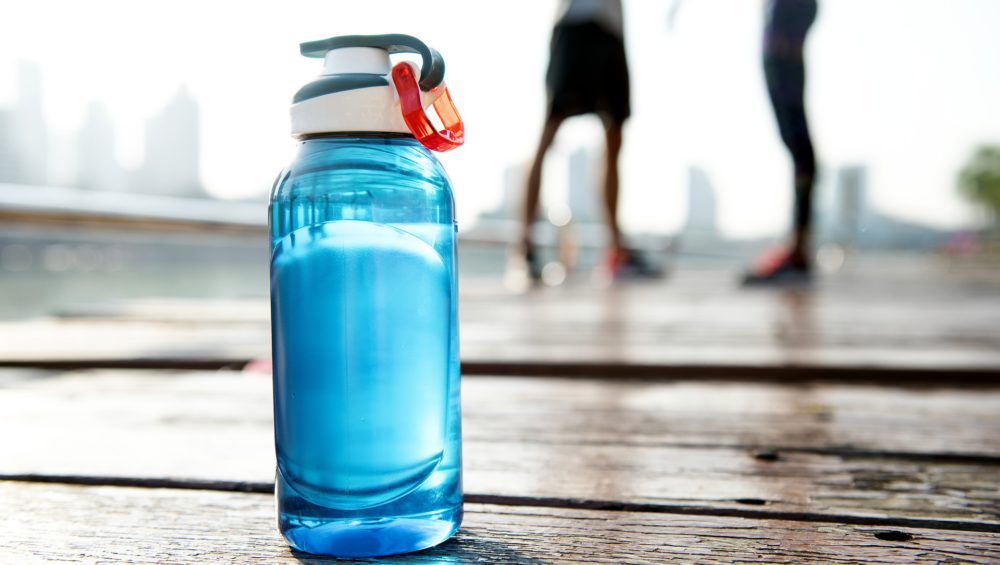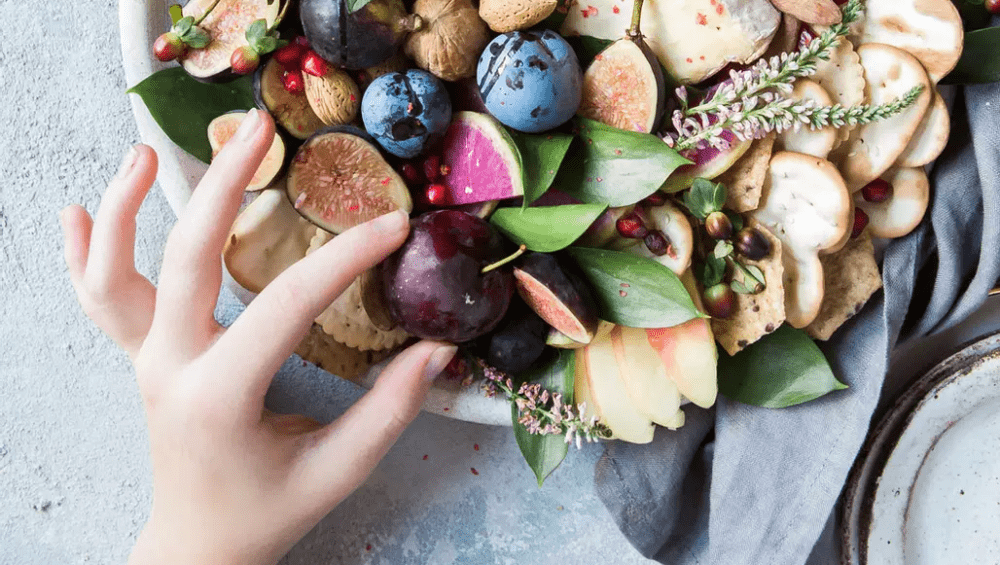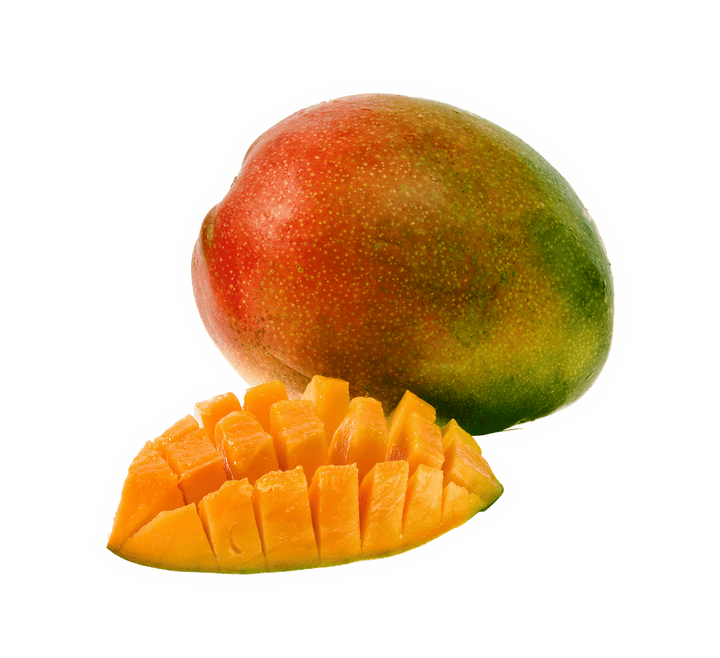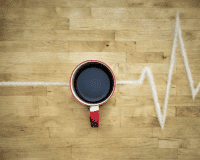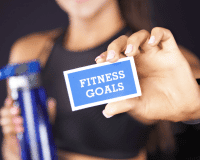What’s Better for Dehydration: Water vs Sport Drinks
What's Better for Dehydration: Water vs Sport Drinks
Water makes up about 60% of your bodyweight and is the most important chemical in your body. It’s involved in everything, from regulating your internal temperature to protecting sensitive tissues and cushioning joints. Every single cell, tissue, and organ depends on proper hydration to function optimally.
When your body lacks enough water to function properly, it’s known as dehydration, which can lead to fatigue, confusion, and irritability. Hydration depends not only on your water intake, but on the amount of water exiting your body through: • Sweat • Urination • Breathing When you exercise, you sweat. And when you sweat, you deplete your body of water. In fact, during challenging athletic events, you can lose 6% to 10% of your body weight from sweating. Which means prioritizing hydration before, during, and after exercise is extremely important. Not only does hydration improve performance, it helps you achieve body composition goals and maintain a healthy weight. All the more reason to bring your water bottle to work and keep sipping!
But what should you be drinking? Is water enough to hydrate your body or are sports drinks like Gatorade more beneficial? Let’s dive into how hydration works and see for yourself when you should be drinking water and when you should drink sports drinks.
Hydration and fitness: What’s the link?
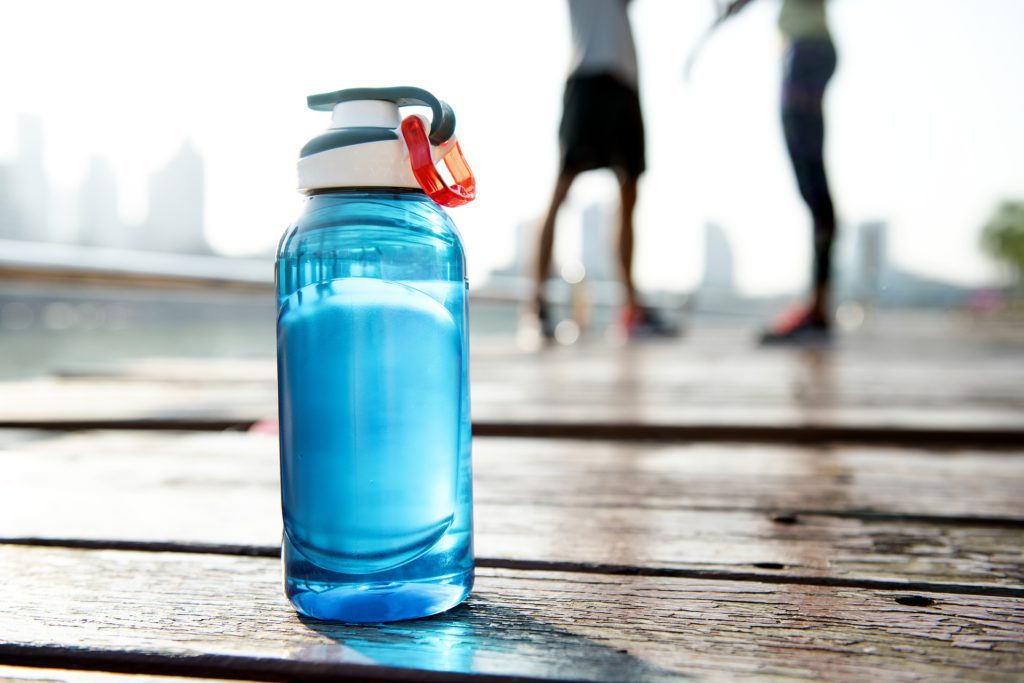
To get the most out of your workouts, you’ll need to put hydration at the top of your priority list.
Not only do your muscle cells depend on water to function properly, research shows that without proper hydration, endurance, strength, and power are all limited. Meaning when you exercise without enough water, you’re not getting the best results.
Staying hydrated and drinking water also assists in weight loss. Research shows this could be due to a natural decrease in eating (a natural compensation from drinking more water) and an increase in lipolysis (the breakdown of fat).
We know you need water to perform your best, but how do you know how much you need?
How to assess hydration levels
Like previously mentioned, you lose water through sweat and urine, which make them the perfect measurement tools for assessing your hydration levels.
The color of your urine tells you a lot about your health, including how hydrated you are. The lighter-yellow it is, the more hydrated you are. If your urine begins to turn dark yellow or honey colored, it’s time to drink some water!
If you’re heading out for a run or about to take on a cycling class, you can hit the bathroom first to make sure you’ve got enough water in you! If not—bring water with you and drink plenty through your workout to get hydrated.
You can also assess the amount of water lost via sweating through a simple formula provided by the CDC:
pre-exercise bodyweight – post-exercise body weight + fluid intake – urine volume/exercise time in hours
Or to make it even easier, weigh yourself before exercise and after. Make sure that you take the post-workout measurement after you remove those heavy, sweaty clothes. If you’ve lost weight, you need to hydrate more next time.
Signs of dehydration
There are lots of theories on how much water you should drink each day, but it boils down to your individual needs and activity levels. However, there are a few signs you should grab a glass (or 2!) of water:
Thirst Early-onset fatigue Increased perception of effort Decreased exercise capacity Increased body temperature Faster breathing and heart rate Dizziness
Hydrating: water vs. sports drinks
Many people prefer drinking sports drinks during and after exercise as opposed to water because of the taste and added electrolytes. However, many sports drinks have additional ingredients and added sugars—making them a less appealing choice for those trying sweat off the calories. But is that enough reason to forget about them altogether?
Let’s take a look at some of those additional ingredients:
Electrolytes: Minerals, like potassium, sodium, and magnesium, have an electric charge and help maintain your body’s ionic balance. You lose electrolytes when you sweat and sports drinks claim to help replace what’s lost during exercise.
Carbohydrates: Most of the carbohydrates in sports drinks come from sugars. Carbs are one of your body’s energy sources and sports drinks are designed to re-fuel you after a hard workout.
Amino acids: These are the building blocks of protein, and it’s believed that when we drink them after a tough workout, we help our bodies recover faster and better.
As you can see, some of the additional ingredients in sports drinks offer hydration benefits that water on its own cannot.
When to reach for a sports drink: what the science says
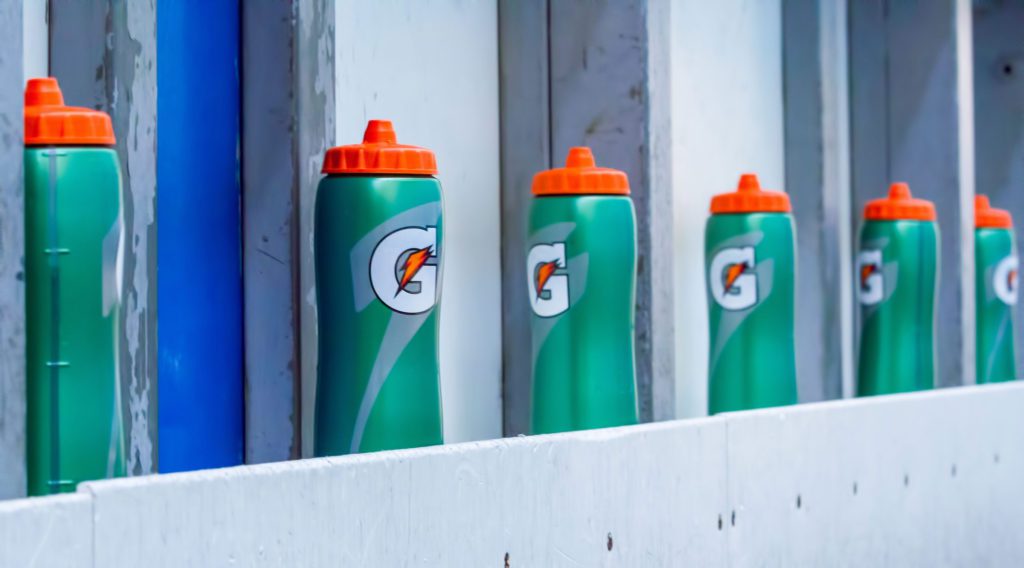
Though water should always be your first drink of choice, there may be certain scenarios where a sports drink is exactly what your body needs.
If you’re participating in high-intensity workouts lasting more than 45 minutes to an hour, sports drinks may help replenish your body’s electrolyte stores better than water. Recommendations also show that people whose sweat contains high levels of sodium (you may notice sweat stains or rings on your skin or clothing) may also benefit from re-hydrating with sports drinks.
Endurance athletes, like marathon runners or long-distance cyclers, may also benefit from drinking sports drinks because of the increased fluid loss from such intense exercise.
In both of these scenarios, athletes should make sure their sports drinks contain both carbohydrates and electrolytes.
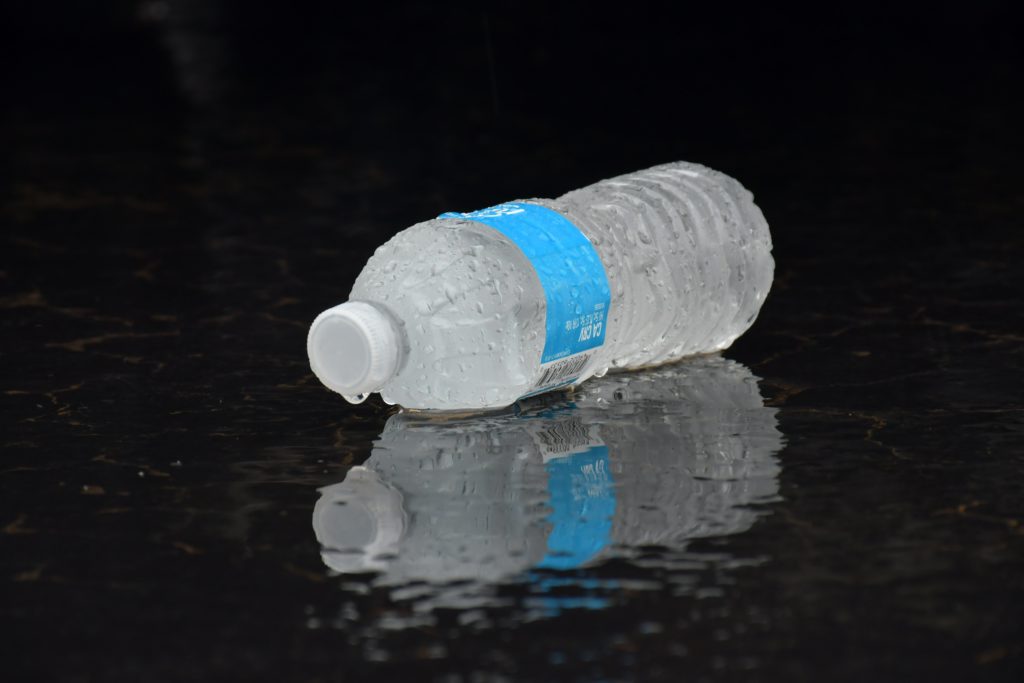
Most of the time, good ole’ water will do the trick.
If your main goal is body composition related, you’re better off sticking with water and avoiding added sugars and calories.
You should also stick with water when:
You’re looking to hydrate before exercising During a lower intensity workout or with workouts that don’t last 45 minutes or longer You’re thirsty throughout the day
Other hydration methods
Water and sports drinks aren’t the only ways you can hydrate. Fluids like tea, juice, coconut water, and milk also provide plenty of water, as do many fruits and vegetables.
In fact, research shows coconut water hydrates just as well as a carbohydrate sports drinks or plain water, and may be easier to drink in large quantities than sweeter sports drinks.
Milk is also a great hydrator, earning a slightly higher rehydration score than plain water. Just another reason to enjoy an ice-cold glass of chocolate milk after a tough workout.
If you’d rather up your daily hydration through food, you’re in luck! Fruits and vegetables are great sources of water and also contain vital vitamins, minerals, and carbs—making them an ideal snack anytime.
Conclusion
Staying hydrated is important to all aspects of health and fitness. Without enough water, you simply can’t perform your best or maintain a healthy body composition.
Though there are many ways to stay hydrated, drinking plain water is the best choice for most people—unless you’re an endurance athlete or participating in high-intensity workouts.
However, if you’re tired of plain H20, coconut water, milk, fruits, and vegetables are all delicious choices.
Happy hydrating!
**
Kaili Meyer is a health and travel writer based in the Midwest. If she’s not writing, you can find her cuddled up with a good book, in the gym, or on a plane headed somewhere warm. Visit her site: SideOfKail.com for all things health, fitness, and food.


